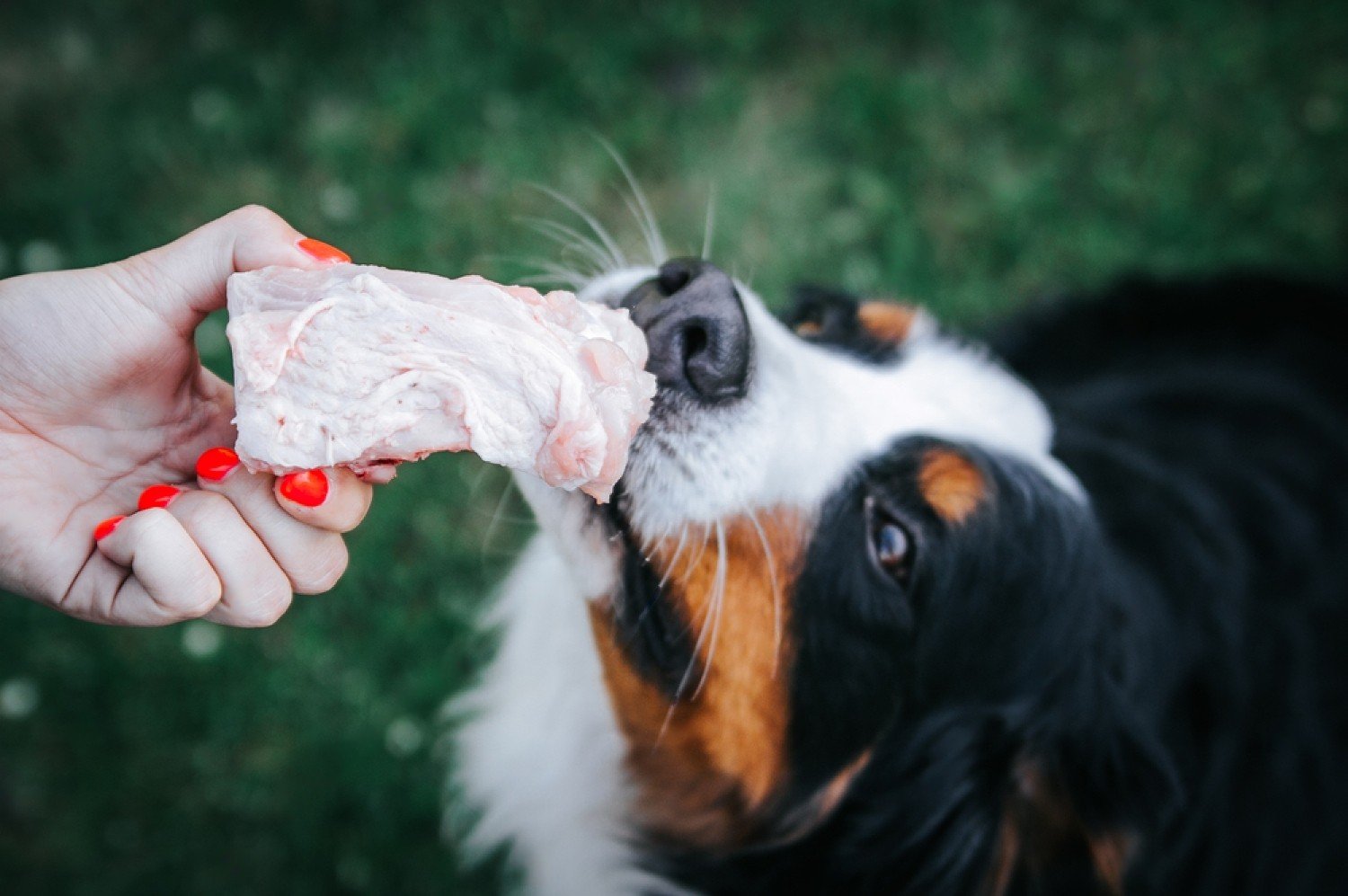Just like humans, dogs can enjoy the benefits of raw ground beef.
However, it’s important to know that not all meat is safe for dogs to eat. In fact, some types of raw meat can even be harmful to their health. So, before you give your pup a taste of this popular canine snack, it’s important to do your research and make sure that raw ground beef is safe for dogs.
In this article, we’ll take a closer look at the benefits and side effects of raw ground beef for dogs, as well as some tips on how to safely incorporate it into their diet.
What Is Raw Ground Beef?
Let’s start with the basics—what is raw ground beef? Raw ground beef is simply beef that has been ground up, and it can be found at most grocery stores. It’s a popular choice for dog owners because it’s a lean protein source, and it’s also affordable.
But there are some risks associated with feeding your dog raw ground beef. For one, there’s a risk of bacteria contamination. And secondly, there’s the question of nutrient absorption. Dogs have a different digestive system than humans, so they may not be able to absorb all the nutrients in raw ground beef.
The Benefits of Feeding Dogs Raw Ground Beef
You might be wondering if it’s safe to feed your dog raw ground beef. And the answer is—yes, it is!
In fact, there are a lot of benefits to feeding dogs raw ground beef. First of all, it’s a great source of protein, which helps dogs stay strong and healthy. And since raw ground beef is unprocessed, it retains all its nutrients, which is awesome for your dog’s immune system.
Raw ground beef is also a good source of essential fatty acids, which are crucial for keeping your dog’s skin and coat healthy. Plus, it’s a great way to get your dog to eat his veggies. Just mix some cooked carrots or green beans into the raw ground beef before you feed it to him.
The Side Effects of Feeding Dogs Raw Ground Beef
So, you’re thinking about feeding your dog raw ground beef? That’s a great idea! But before you do, it’s important to be aware of the potential side effects.
Raw ground beef can cause pancreatitis in dogs, which is a serious and potentially life-threatening condition. Symptoms of pancreatitis include vomiting, diarrhea, and abdominal pain.
Another potential side effect of feeding dogs raw ground beef is food poisoning. This can occur if the beef is not cooked properly and bacteria such as E. coli are ingested. Symptoms of food poisoning include nausea, vomiting, diarrhea, and fever.
So, while feeding your dog raw ground beef can have some benefits, it’s important to be aware of the potential side effects and take the necessary precautions to avoid them.
How to Introduce Raw Ground Beef Into Your Dog’s Diet
So, you’ve decided to start feeding your dog raw ground beef. That’s great! But before you do, there are a few things you need to know.
First of all, you should only introduce raw ground beef into your dog’s diet gradually. Start by mixing it in with their regular food, and then slowly increase the amount until they’re eating only raw ground beef. This will help minimize any digestive issues.
You should also make sure the beef is fresh and has been properly stored. It’s best to buy it from a local butcher or farmers market since they’ll likely have the best quality meat. And don’t forget to clean up any messes immediately, so your dog doesn’t eat any bacteria-laced leftovers.
Raw ground beef can be a great addition to your dog’s diet, but it’s important to do it the right way. Follow these tips and your furry friend will be healthy and happy!
Conclusion
So, can dogs eat raw ground beef? The answer is a little complicated. There are some risks associated with feeding your pup raw ground beef, but there are also some benefits to consider.
If you’re thinking about giving your dog raw ground beef, talk to your veterinarian first to get their professional opinion. They’ll be able to help you weigh the pros and cons and make the best decision for your furry friend.

